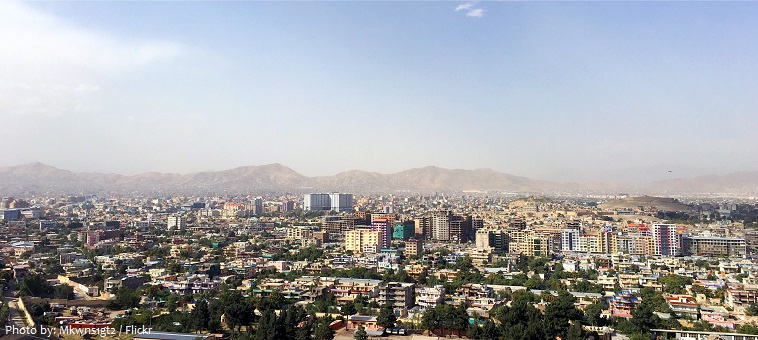
Kabul is the capital and largest city of Afghanistan.
It is located in the eastern section of the country.
As of January 2021, the population of Kabul is about 4.5 million people.
The city covers a total area of 275 square kilometers (106 square miles).
Kabul is situated high up in a narrow valley between the Hindu Kush mountains, with an elevation of 1,790 metres (5,873 ft) making it one of the highest capitals in the world.
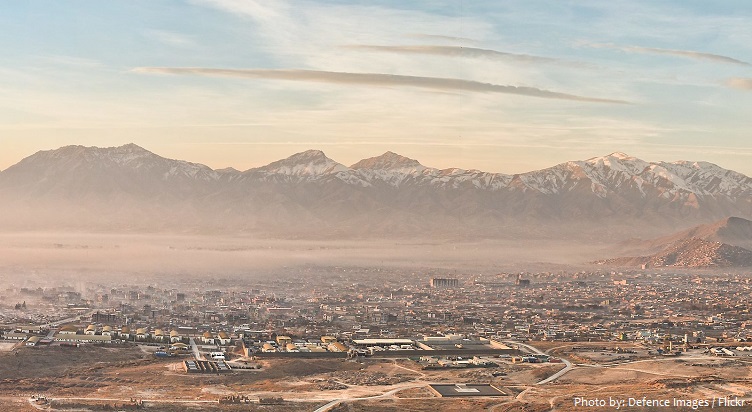
The city is said to be over 3,500 years old, mentioned since at least the time of the Achaemenid Empire.
A settlement in this area is mentioned in the Rigveda (the oldest Hindu scripture, dating from c. 1500 BC).
At the gateway between Asia and Europe, this land was conquered by Darius I of Babylonia circa 500 BC, and Alexander the Great of Macedonia in 329 BC, among others.
Mahmud of Ghazni, an 11th century conqueror who created an empire from Iran to India, is considered the greatest of Afghanistan’s conquerors.
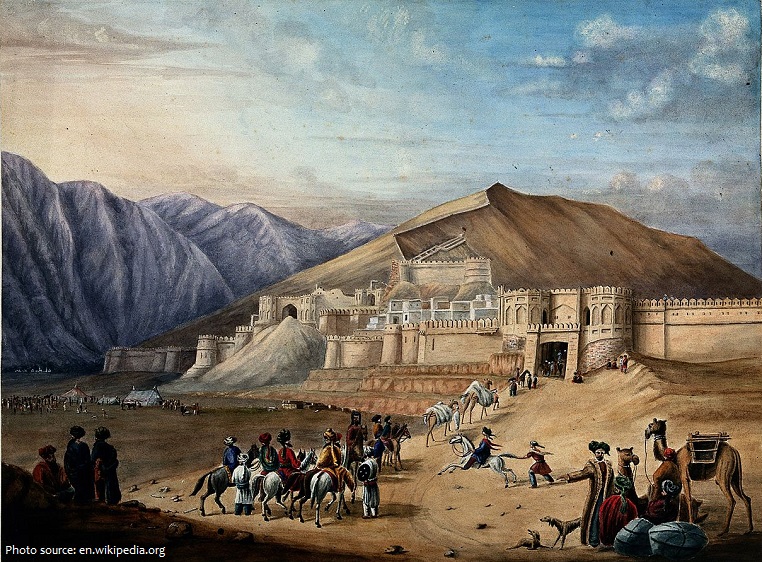
Genghis Khan took over the territory in the 13th century, but it wasn’t until the 1700s that the area was united as a single country.
By 1870, after the area had been invaded by various Arab conquerors, Islam had taken root.
During the 19th century, Britain, looking to protect its Indian empire from Russia, attempted to annex Afghanistan, resulting in a series of British-Afghan Wars (1838-42, 1878-80, 1919-21).
The city was occupied by the Soviets in 1979 but they too abandoned it after the 1988 Geneva Accords were signed.
A civil war in the 1990s between various rebel groups destroyed much of the city, resulting in many casualties.
From late 2001 the city has been continuously rebuilt.
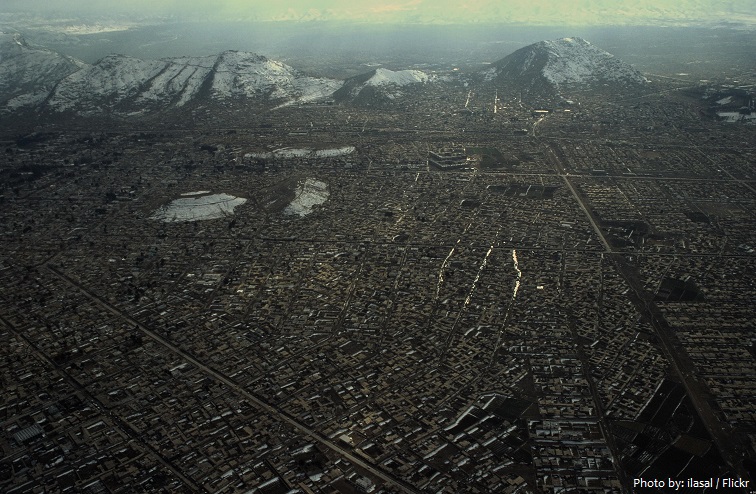
Kabul is known for its gardens, bazaars, and palaces, well known examples being the Gardens of Babur and Darul Aman Palace. It was also formerly a mecca for young western hippies.
Despite frequent terrorist attacks in the city, mainly by Taliban insurgents, the city continues to develop and was the fifth fastest-growing city in the world as of 2012.
The Garden of Babur is a historic park in Kabul, and also the final resting-place of the first Mughal emperor Babur. The garden is thought to have been developed around 1528 AD (935 AH) when Babur gave orders for the construction of an “avenue garden” in Kabul, described in some detail in his memoirs, the Baburnama.
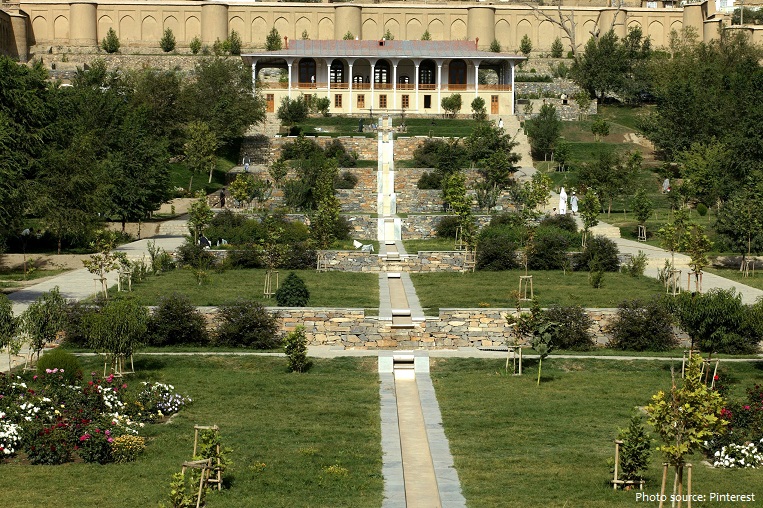
The National Museum of Afghanistan also known as the Kabul Museum, is a two-story building located 9 km southwest of the center of Kabul. As of 2014, the museum is under major expansion according to international standards, with a larger size adjoining garden for visitors to relax and walk around. The museum was once considered to be one of the world’s finest.

The Abdul Rahman Mosque also known as the Grand Mosque of Kabul, is one of the largest mosques in Afghanistan. It is located in one of Kabul’s central commercial areas called Deh Afghanan. The building is three stories high, built on 1.4 hectares (3.5 acres) of land. One floor of the building is dedicated to women only.
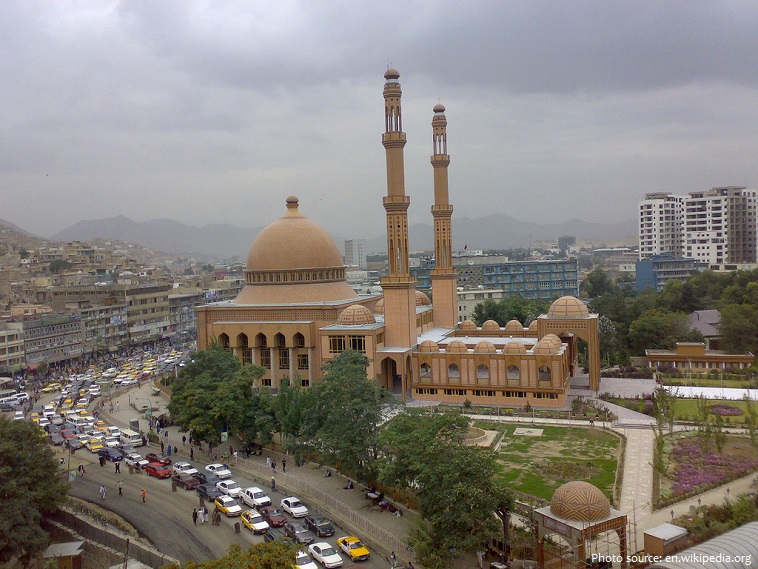
Id Gah Mosque or Eid Gah Mosque is the second largest mosque in Kabul. It is considered the cardinal religious mosque in the country, where a million people offer Eid prayers twice a year. The “Id Gah” or “Eid Gah” refers to an open space where people congregate during national and religious celebrations. The open grounds of Id Gah are also used as a parking lot for trucks that transport goods to and from Peshawar.

Shah-Do Shamshira Mosque the name translates to Mosque of the King of Two Swords, is a yellow two-story mosque in Kabul,just off the Kabul River and the Shah-Do Shamshira bridge in the center of the city. It was built during the reign of Amanullah Khan (1919-1929). It was modelled after the
Ortaköy Mosque in Istanbul. The design of this mosque is quite unusual for Islamic religious architecture. Its Italian decorative stucco creates an interesting effect that some describe as ‘Afghan Baroque’.
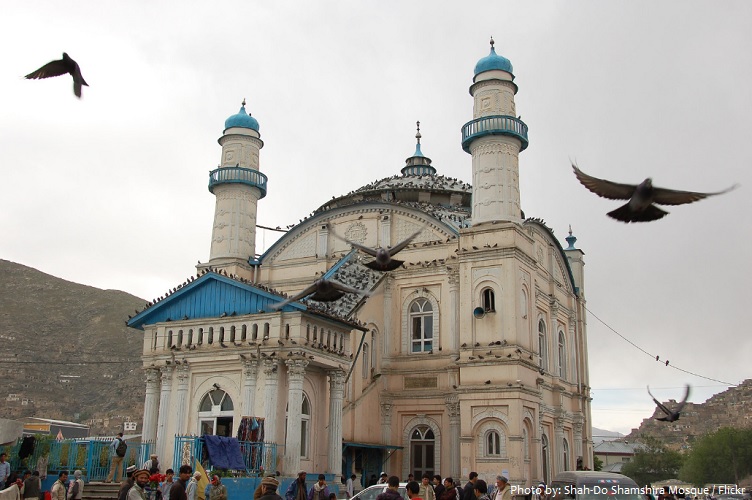
Darul Aman Palace is a palace located about 16 kilometres (9.9 mi) south-west outside of the center of Kabul. Construction of the Darul Aman Palace began in the early 1920s as a part of the endeavours of King Amanullah Khan to modernize Afghanistan. Amanullah Khan invited 22 architects from Germany and France to build the palace. The palace is considered to be a testimony of the Afghan-German ties, as it was designed by German engineer Walter Harten and his team of engineers. In 2019, the palace
was fully renovated for the 100th year of Afghan Independence, which was on the 19th of August, 2019.

The Arg serves as the presidential palace in Kabul. It sits on a 34-hectare (83-acre) site in District 2, between Deh Afghanan and the affluent neighbourhood of Wazir Akbar Khan. The Arg was built after the destruction of the Bala Hissar in 1880 by the British Indian troops. It has been used by many Afghan kings and presidents, from Emir Abdur Rahman Khan to current President Ashraf Ghani.

The Kabul Zoo is located in Kabul, on the bank of the Kabul River and adjacent to the Deh Mazang Circle. It was inaugurated in 1967 with a focus on Afghan fauna, being very popular with visitors and press. The zoo once had more than 500 animals, with about 150,000 visitors coming to see them in 1972.
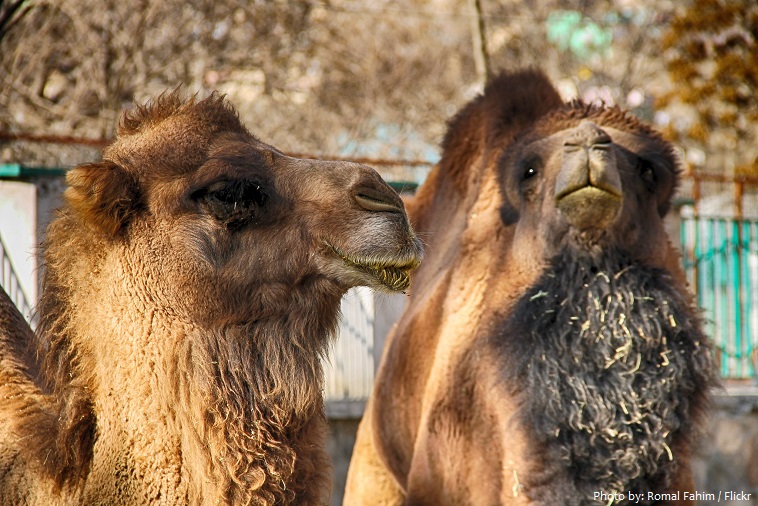
Major hotels in Kabul include – the Serena Hotel, the Inter-Continental, and the Safi Landmark Hotel above the Kabul City Center.
Cricket is the dominant sport in Kabul with 2 of the 3 sports stadiums reserved for cricket.
Kabul’s main products include fresh and dried fruit, nuts, beverages, Afghan rugs, leather and sheep skin products, furniture, antique replicas, and domestic clothes.
Kabul is also spelled as Cabool, Cabol, Kabol, or Cabul.